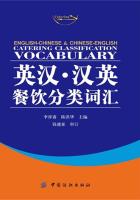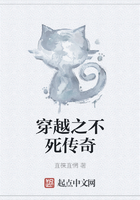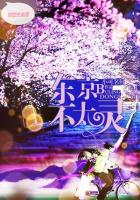"It was a great surprise to me, sir," said Fred, "to learn that the stems as well as the leaves of plants differ, according to the kind of seed from which they spring. Our last year"s lessons taught us to look for net-veined leaves on a plant which grows from a seed with double seed-leaves, andfor parallel-veined leaves on one which comes from a seed with a single seed-leaf. We learn from our lesson to- day that the seed with the double seed-leaf produces one kind of stem, and the seed with a single seed-leaf a totally different stem.""Do you remember the other name for the seed-leaves, Fred?" asked Mr. Wilson.
"Yes, sir, they are called cotyledons. Those seeds which have only one seed-leaf are called mono-cotyledons; those with two seed-leaves are di-cotyledons.""Try and tell me all you can about the stem of the di-cotyledon." said Mr. Wilson.
"Most of the plants in every part of the world, sir, are di-cotyledons. They all have net-veined leaves; but some of them are herbaceous, and die down to the ground every season. These, of course, have no woody stem. The nature of the woody stem of the di-cotyledon can be easily understood from a piece of the stem or branch of one of our common trees. This always has a central pith, with the hard solid wood arranged round it in layers or circles.
"You explained to us, too, sir, that when the tree was young this pith was soft, greenish, pulpy matter, and took up all the center of the stem. It was through this central pith that the dissolved earth-food absorbed by the roots rose upwards to the leaves. It had then only onewoody layer round it. Next year, however, and each year after, a new layer of wood was formed on the outside,and these rings of ne w wood compressed the pith, till at last it became a mere thread. The woody stems of all di-cotyledons grow in this way, by the yearly addition ofa new layer on the outside. They are called ex-ogens. The word exogen means growing outwards.""Very good, my boy," said Mr. Wilson. "Now, Willie shall tell us all he can about the stem of the mono-cotyledon.""The woody stems of these plants are best understood,sir," said Will, "by examining a piece of cane or bamboo.
The wood is always arranged in parallel fibers through the stem from root to top. There is a pith, but it is mixed up with the parallel threads of wood. The parallel bundles of woody threads pass upwards through the pith itself.
In these stems the oldest and hardest wood is on the outside-not in the center, asit is in the exogens. The stem grows
from within; the new wood is in the center. Plants of this kind are called endogens, which means growing from within. These endogens or mono-cotyledons form a small classof plants. The palms, canes, and bamboos are the chief ofthem."
Lesson 05















